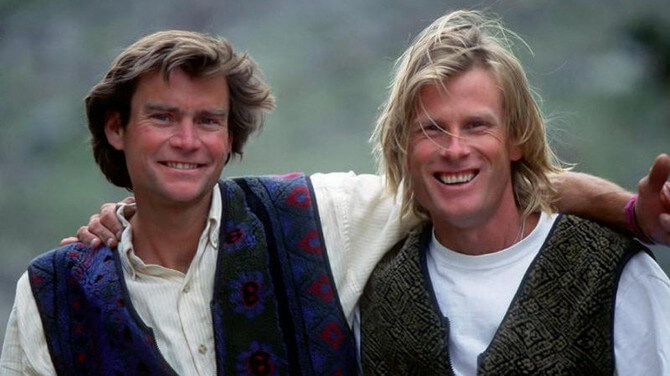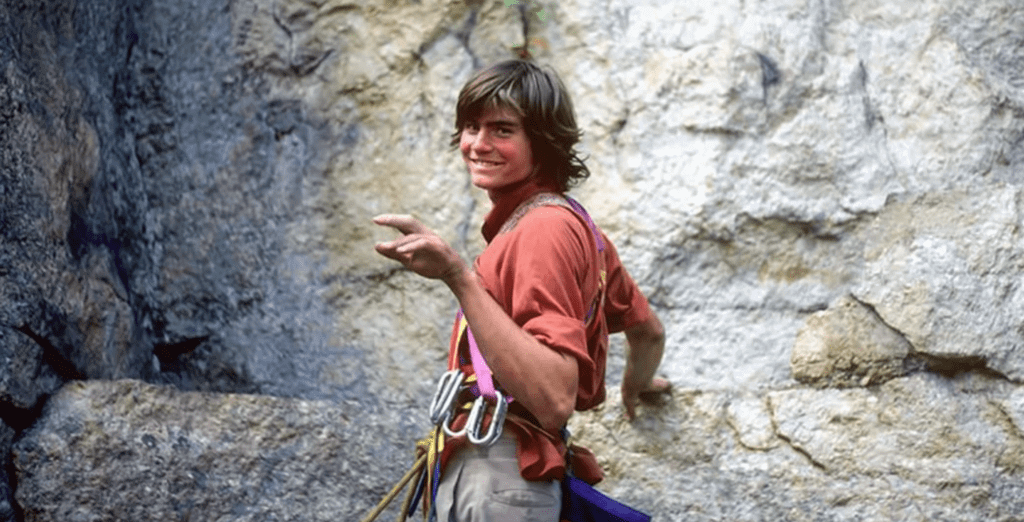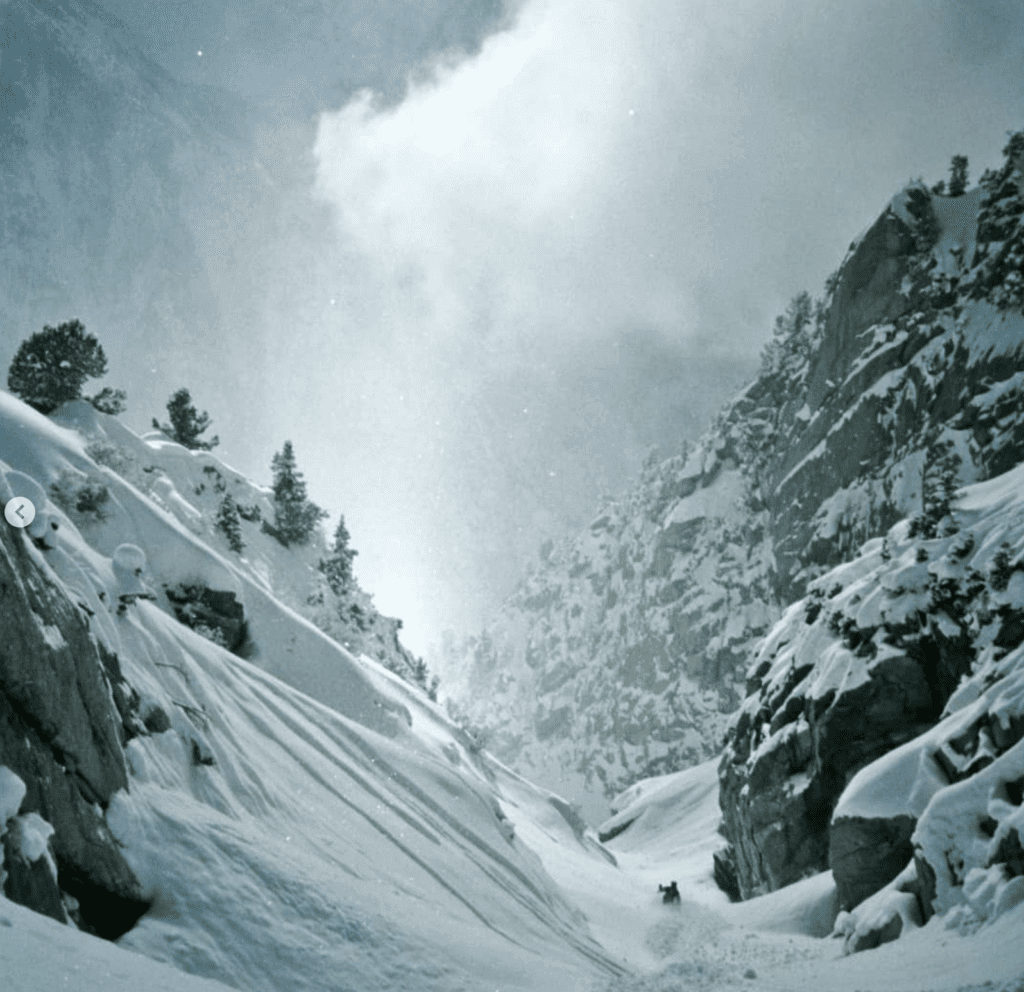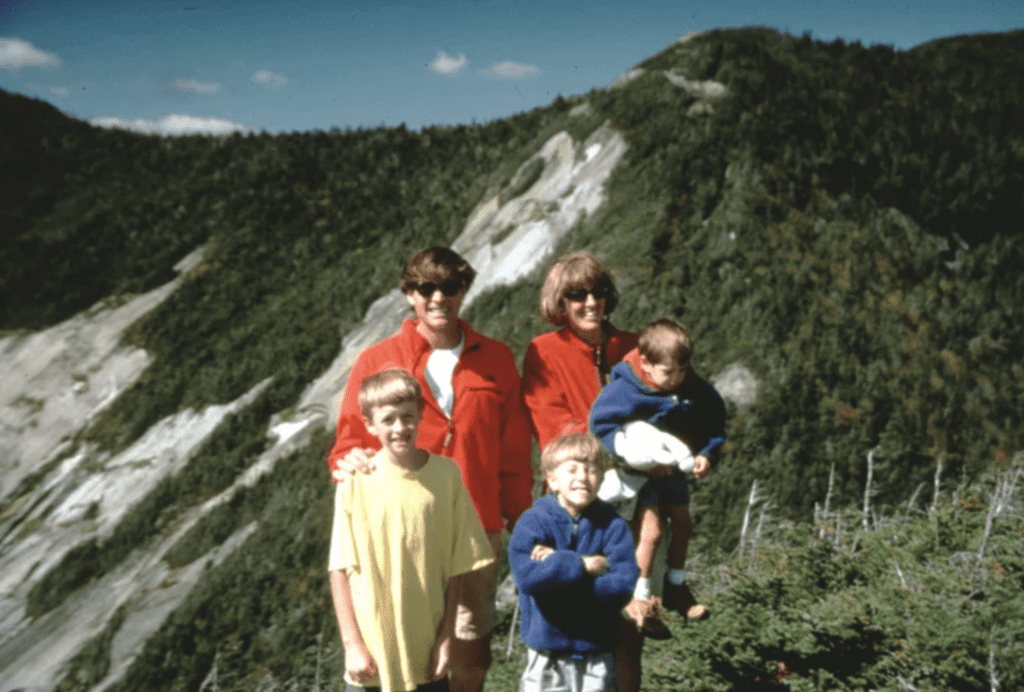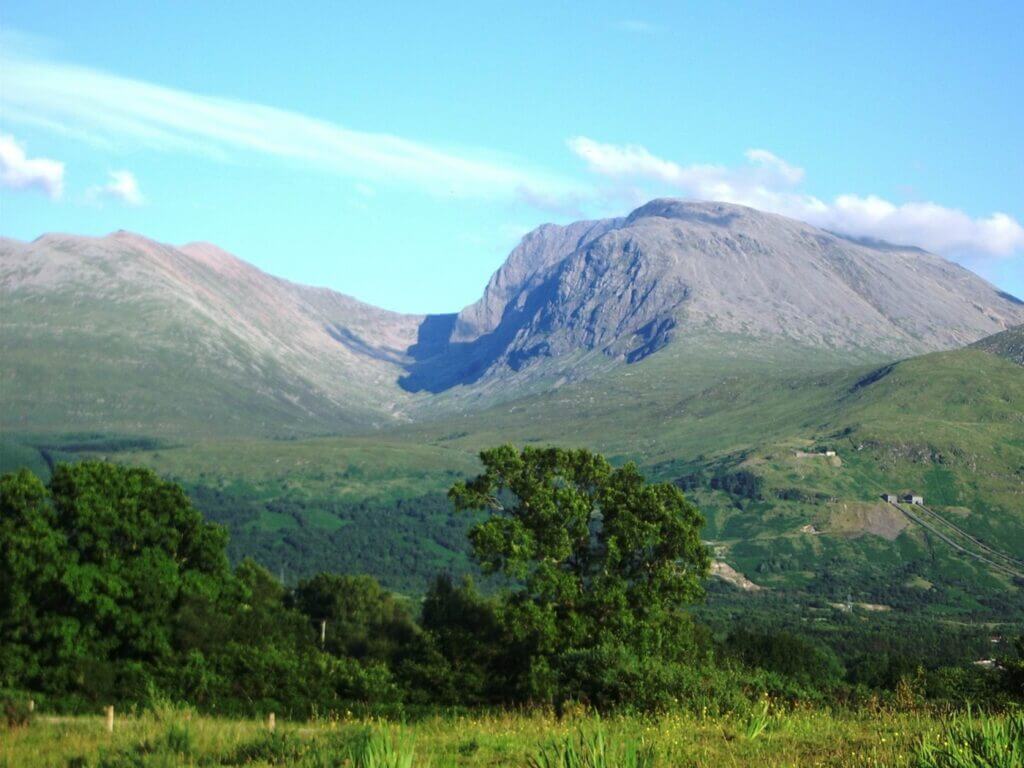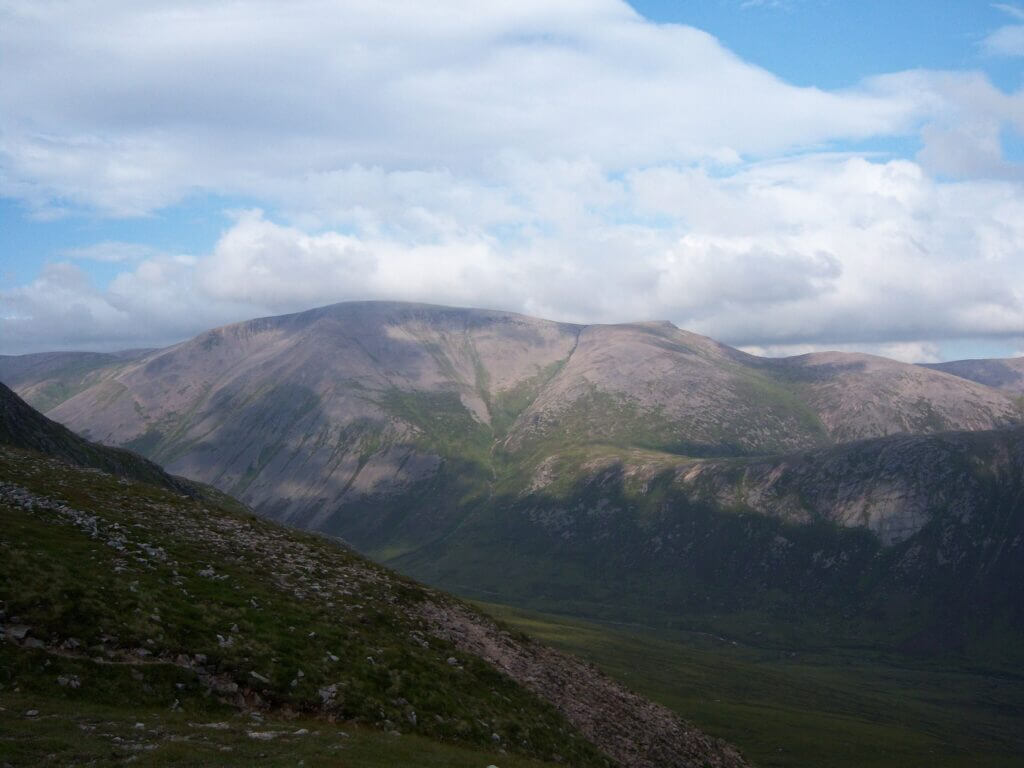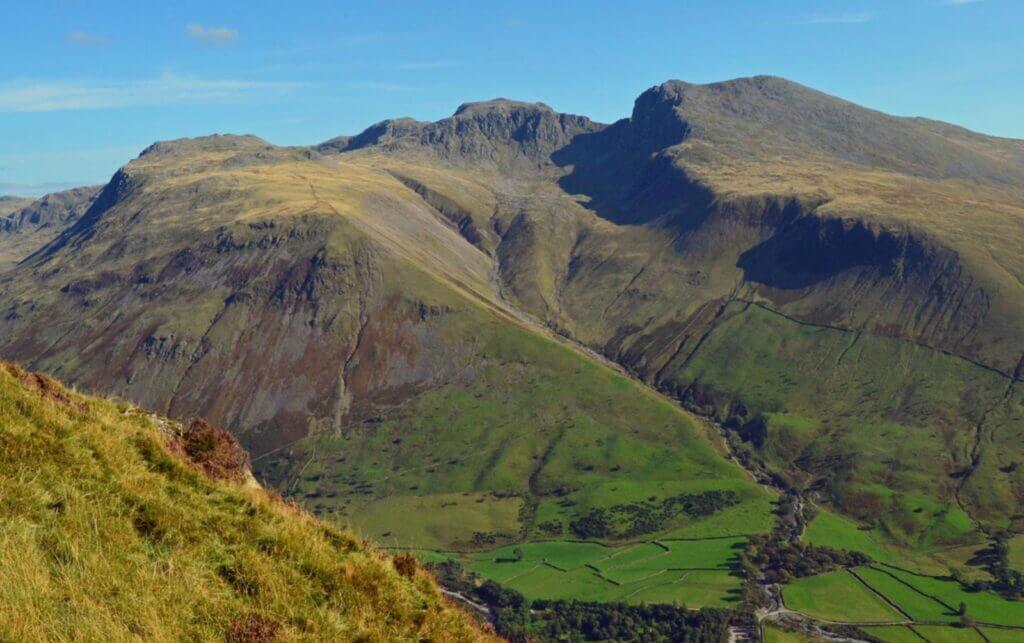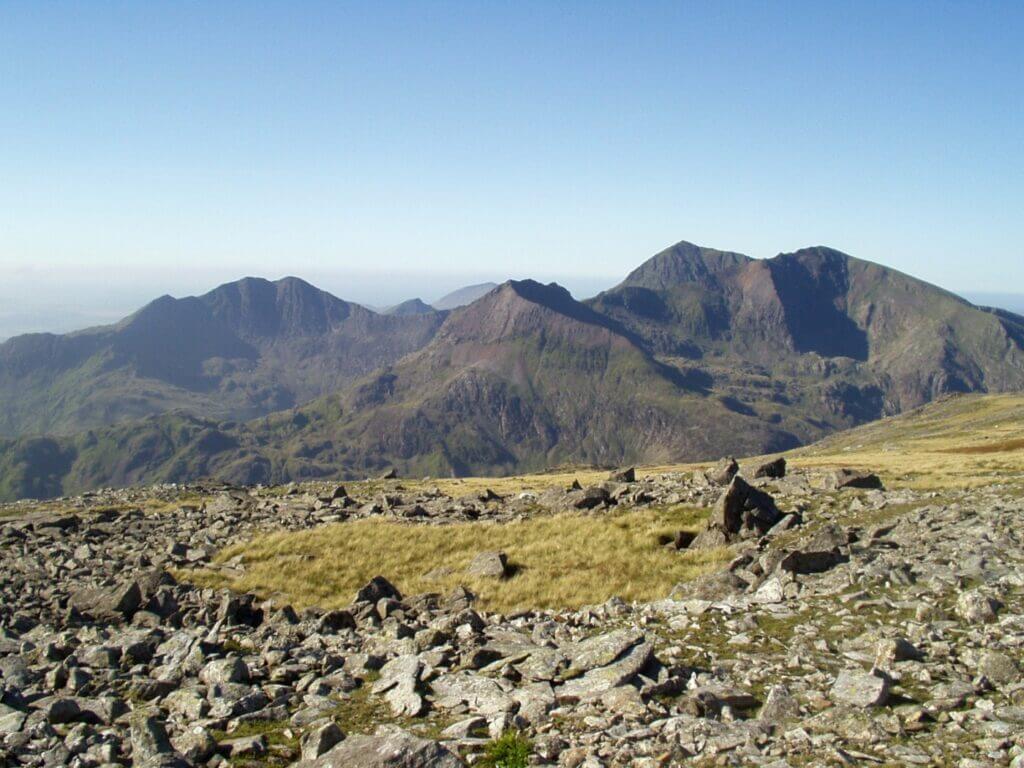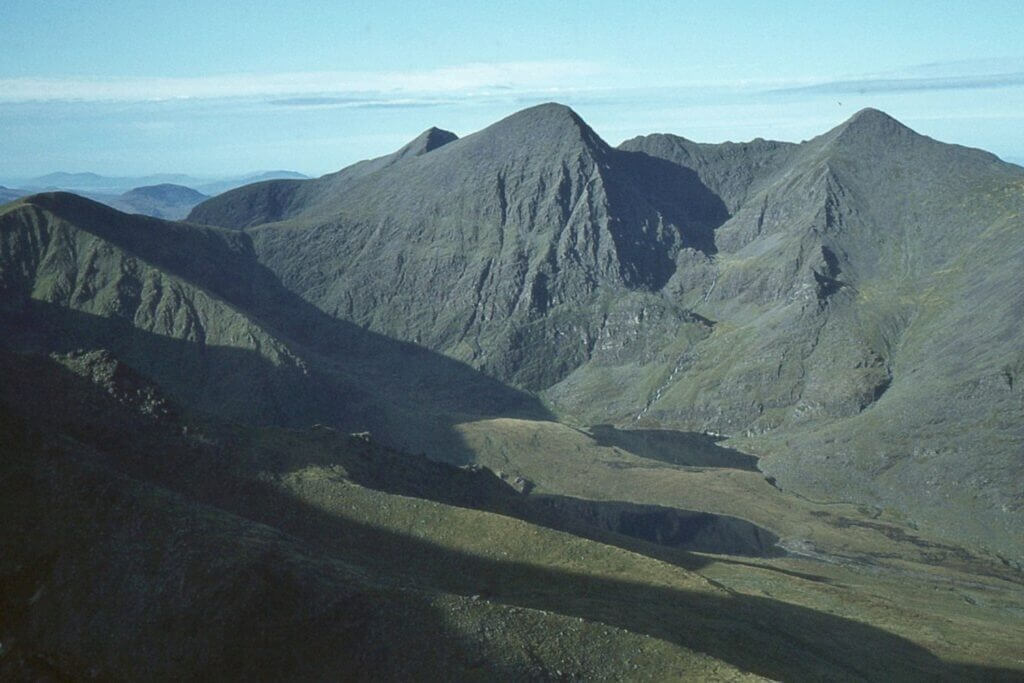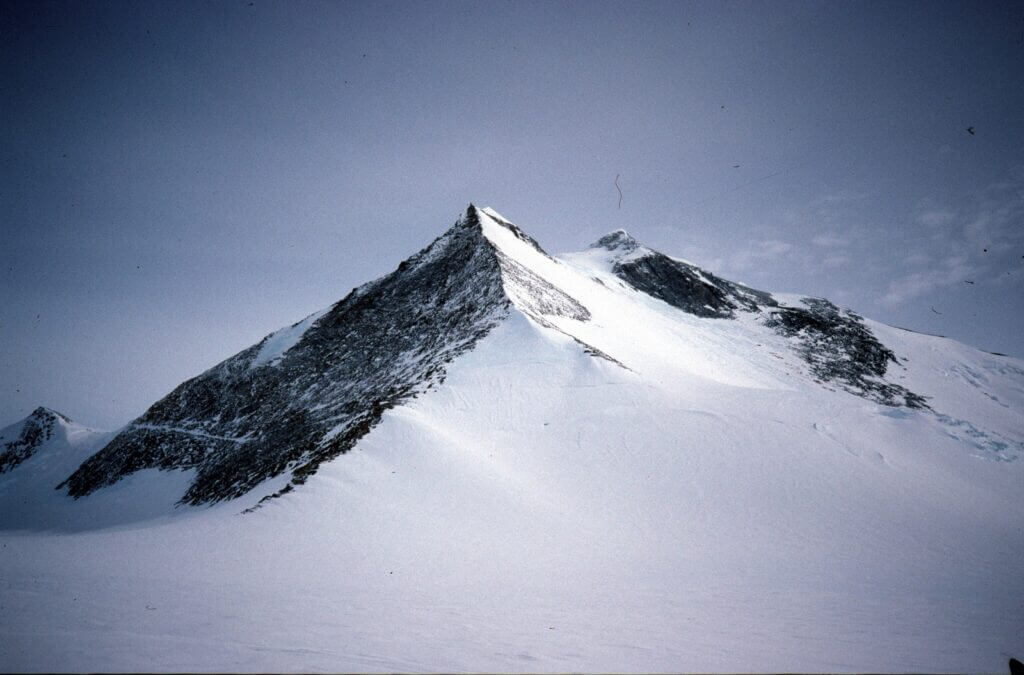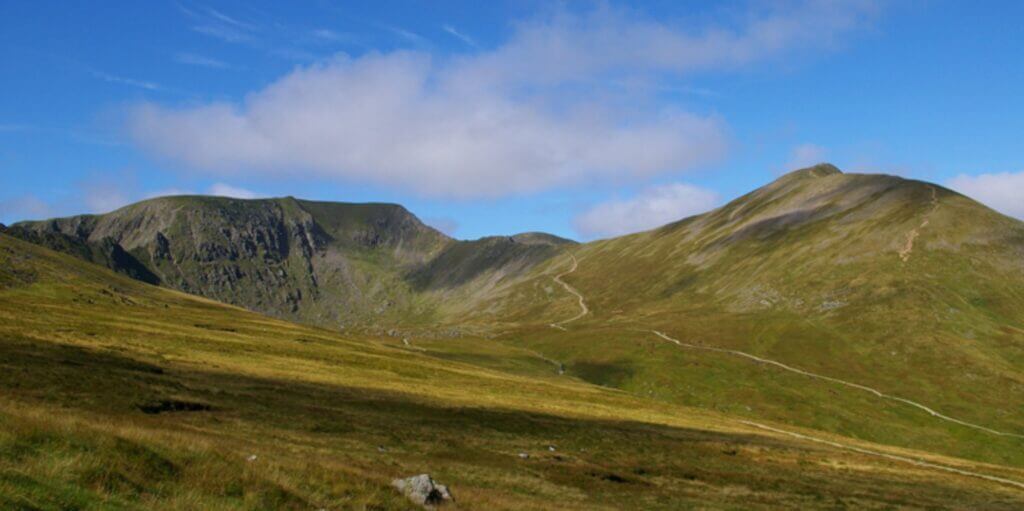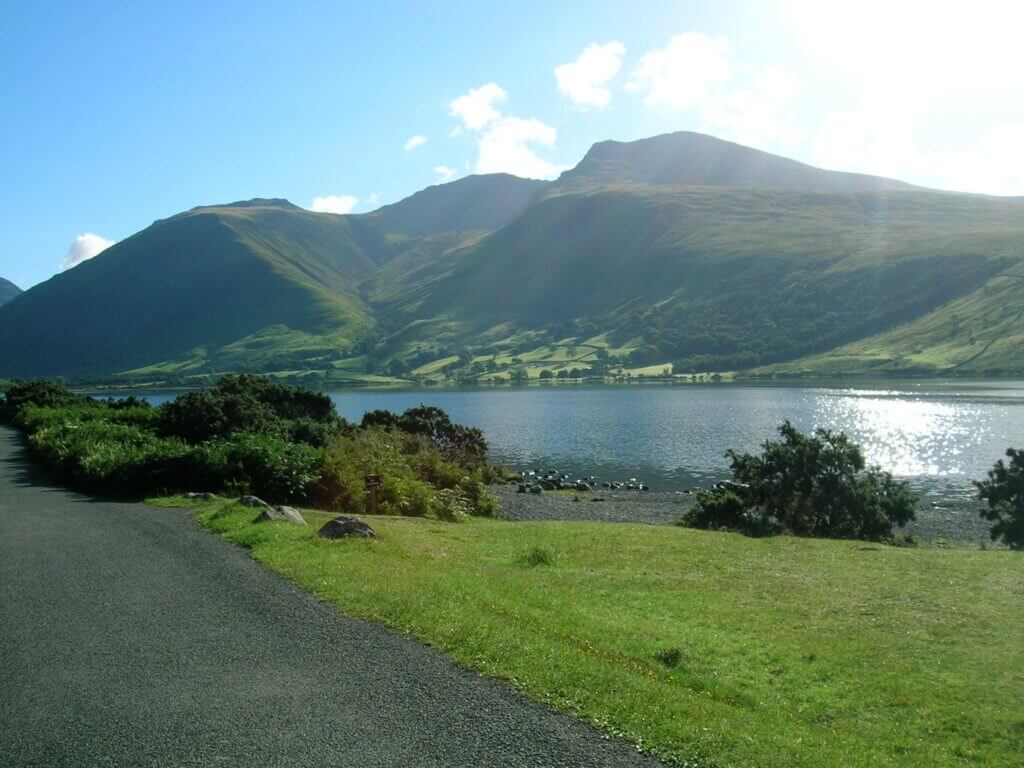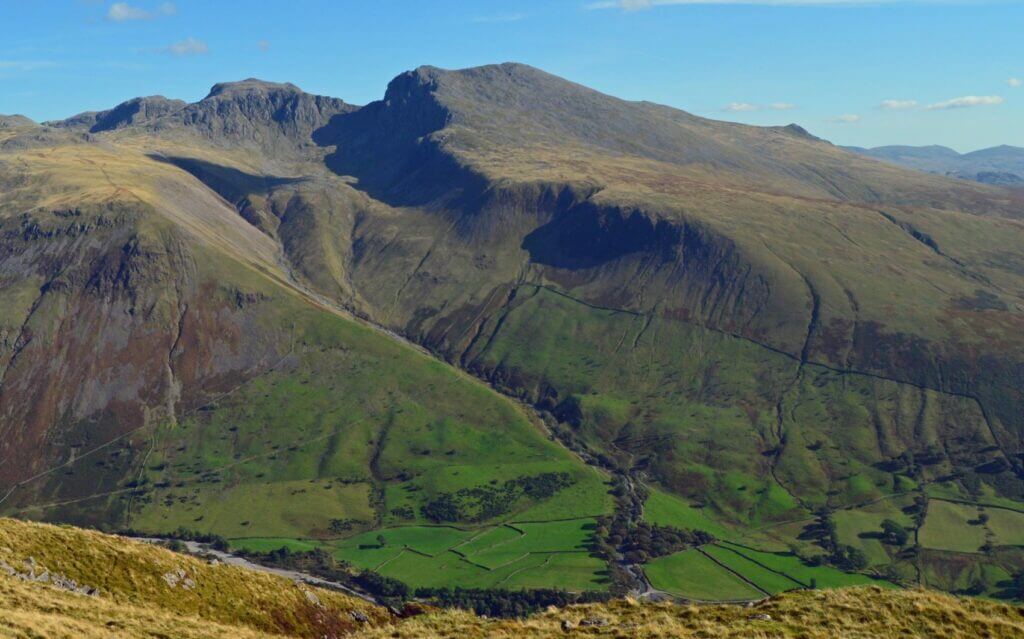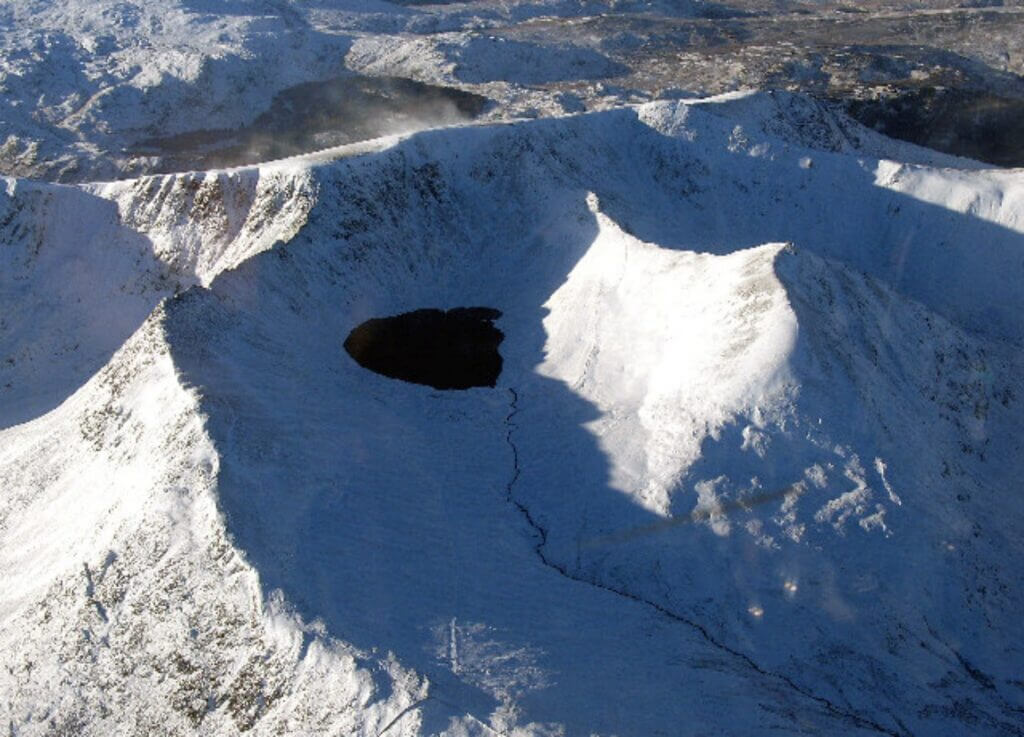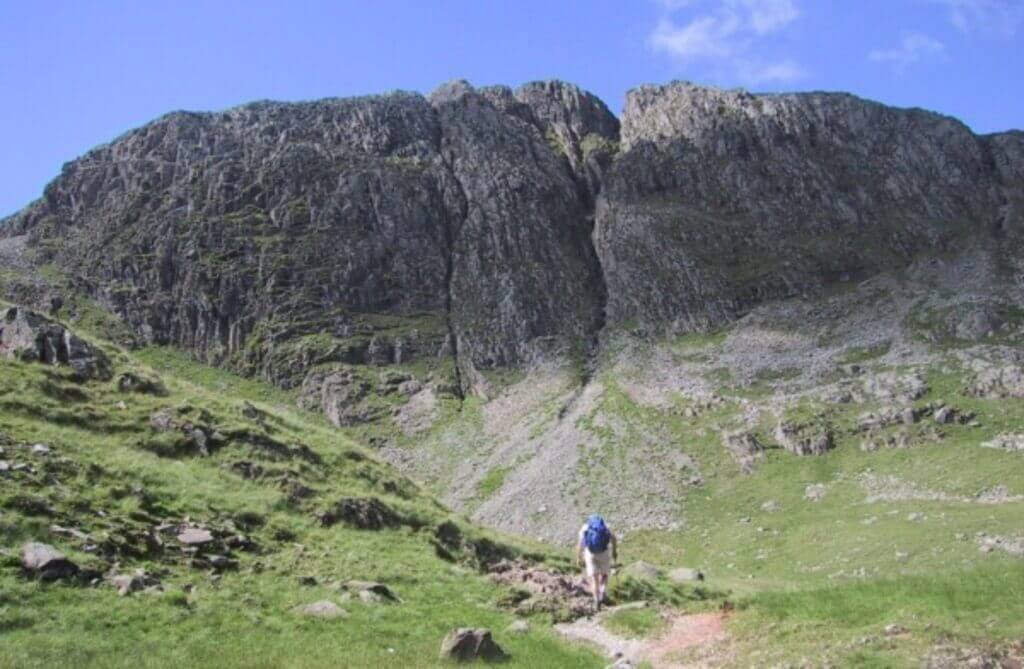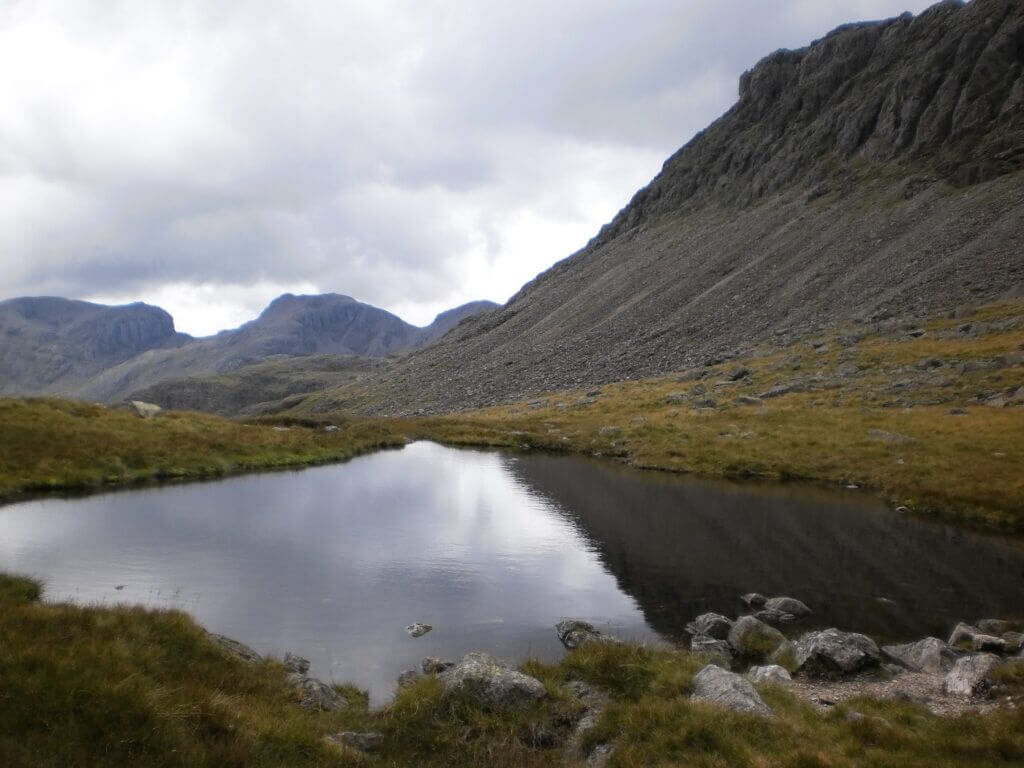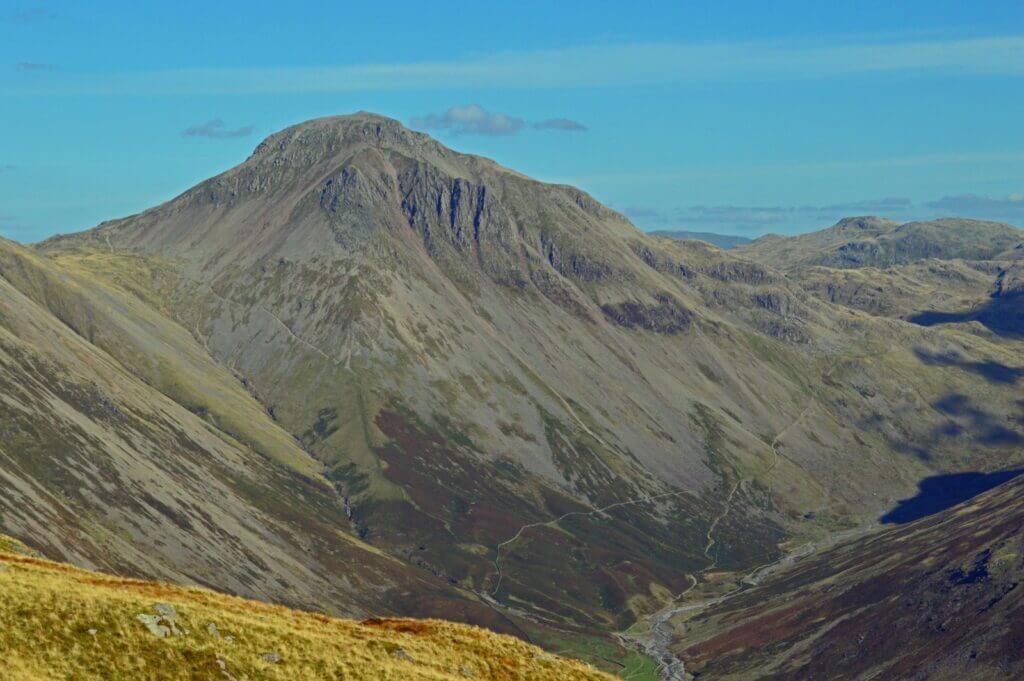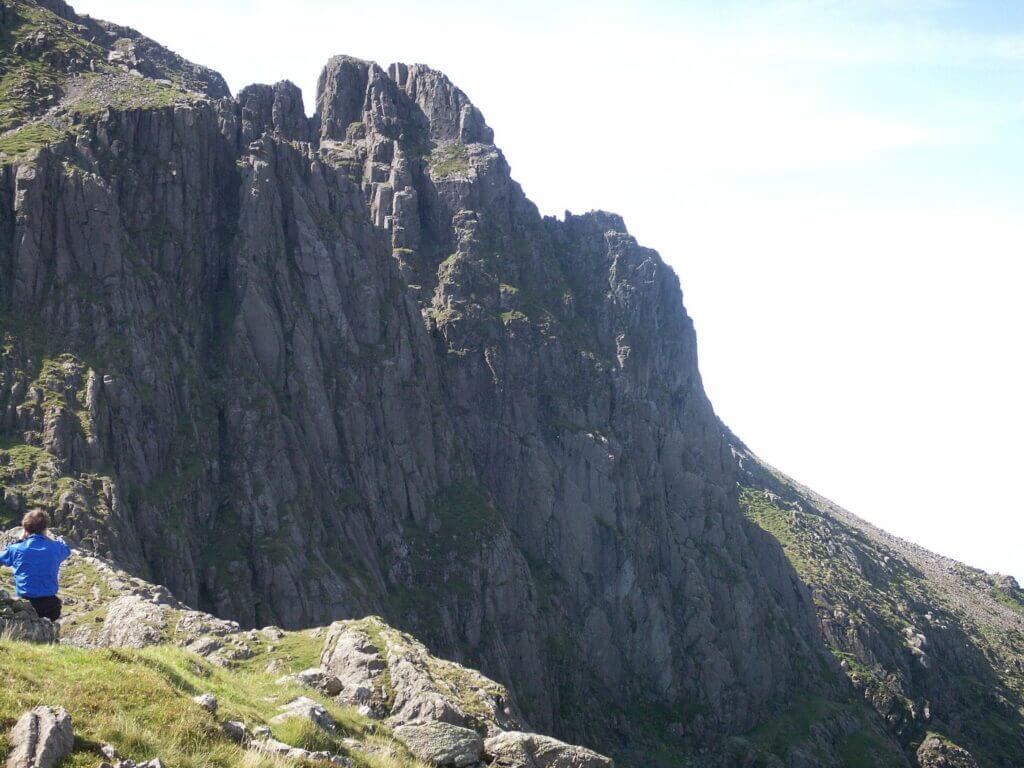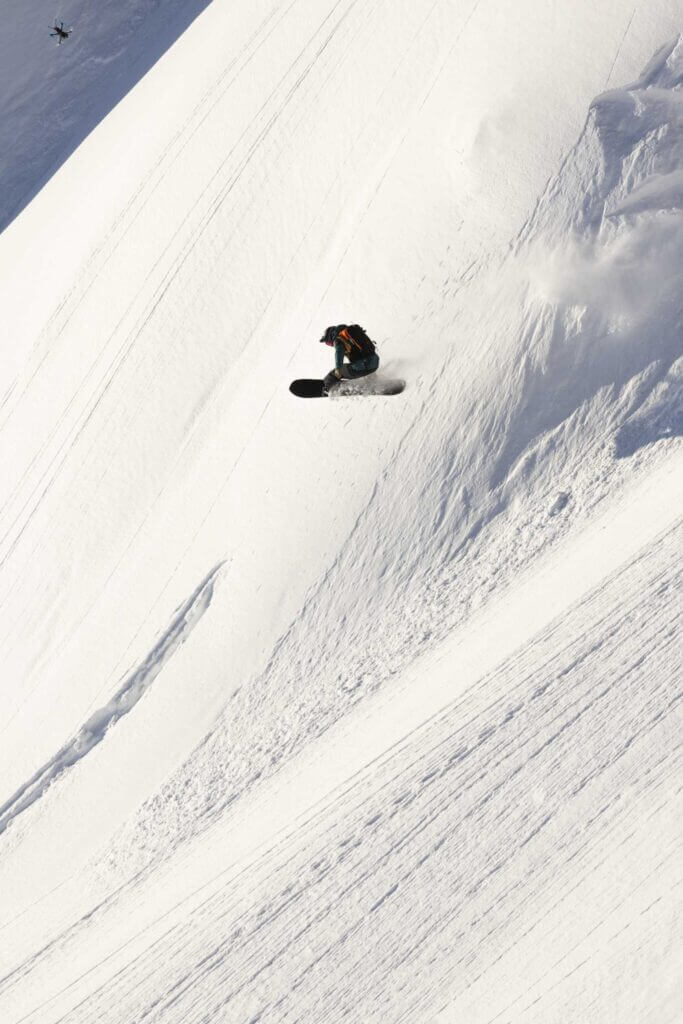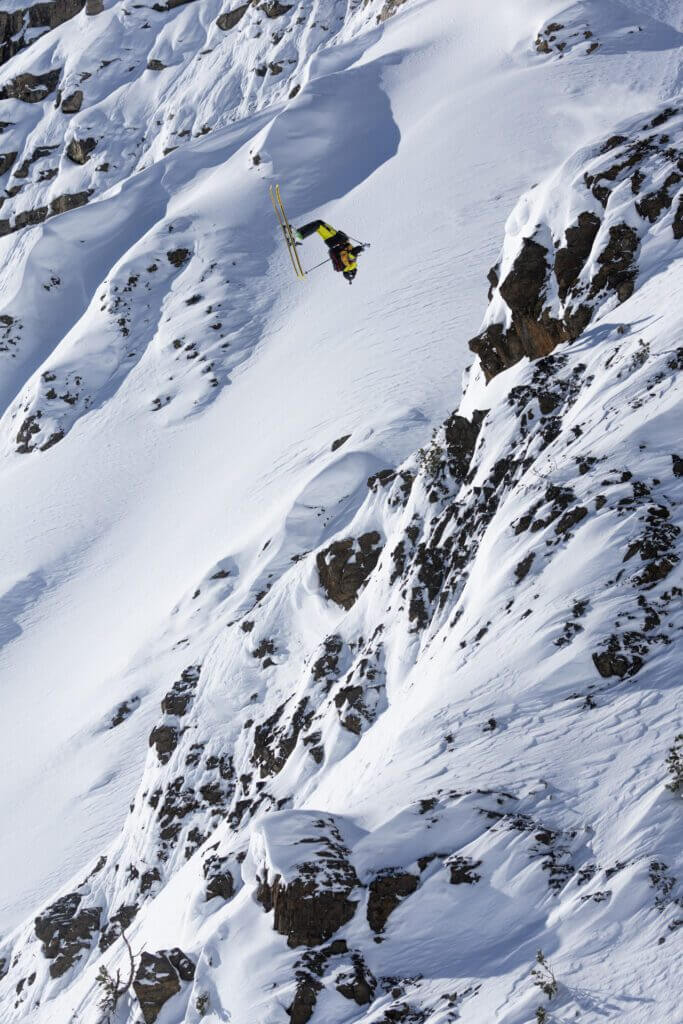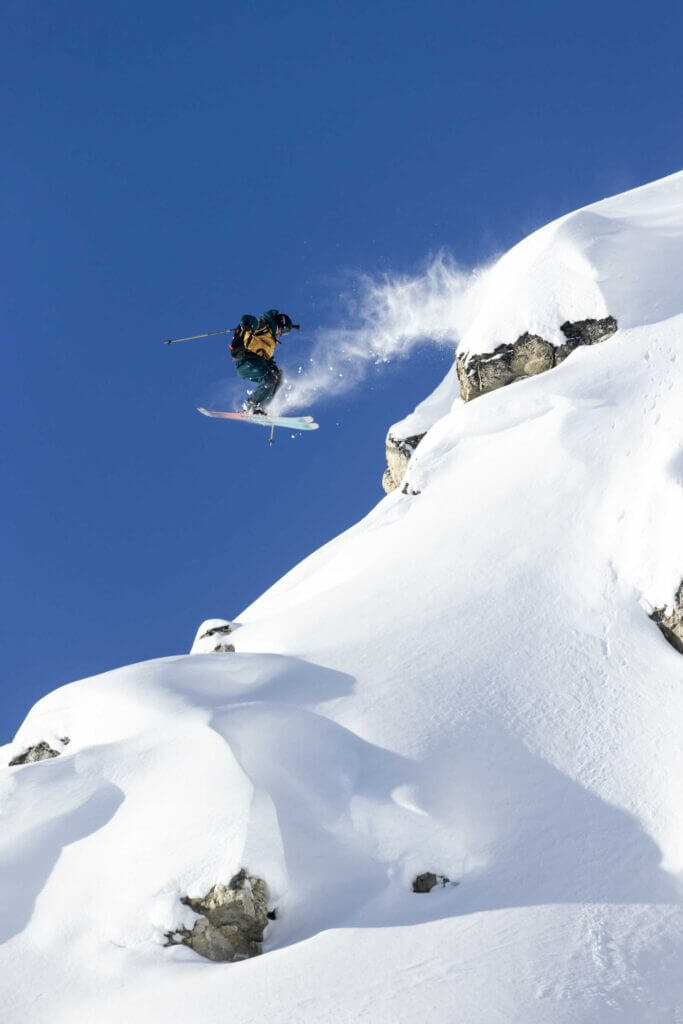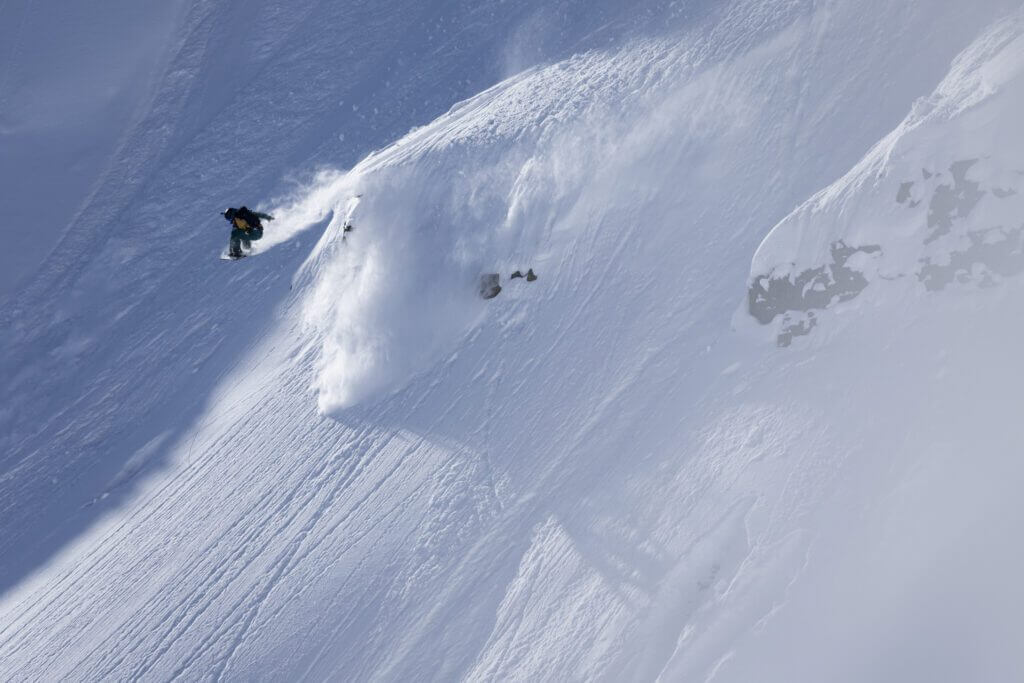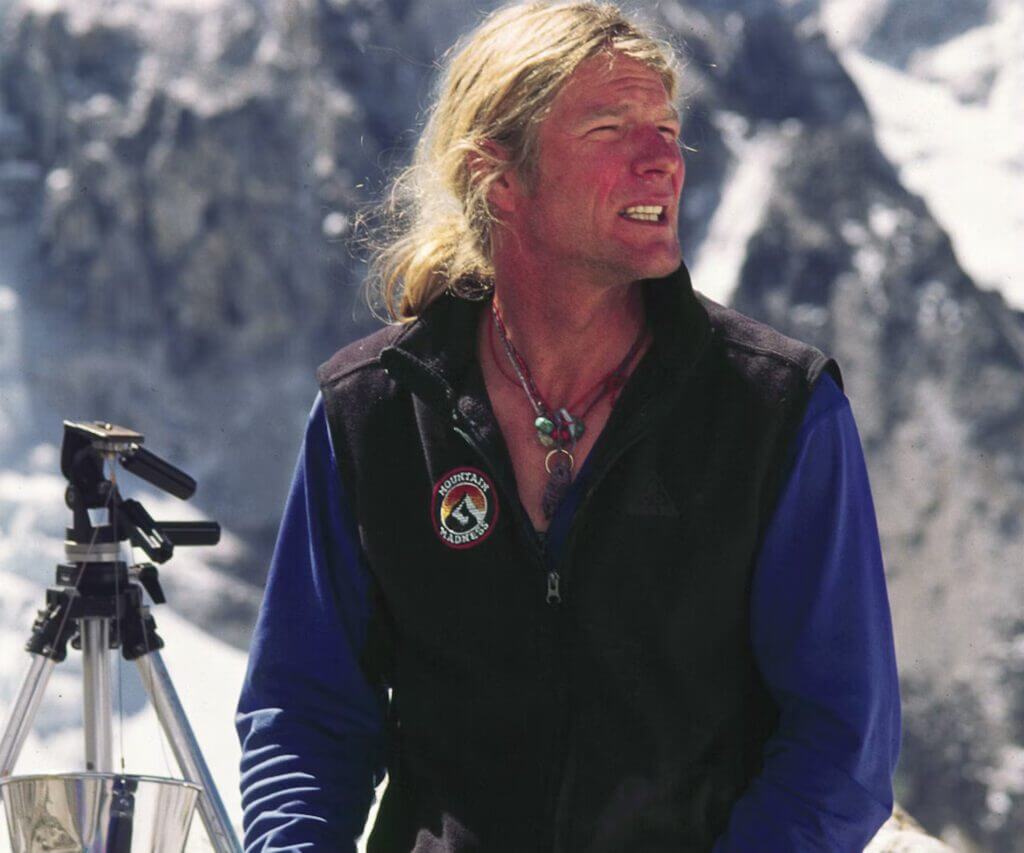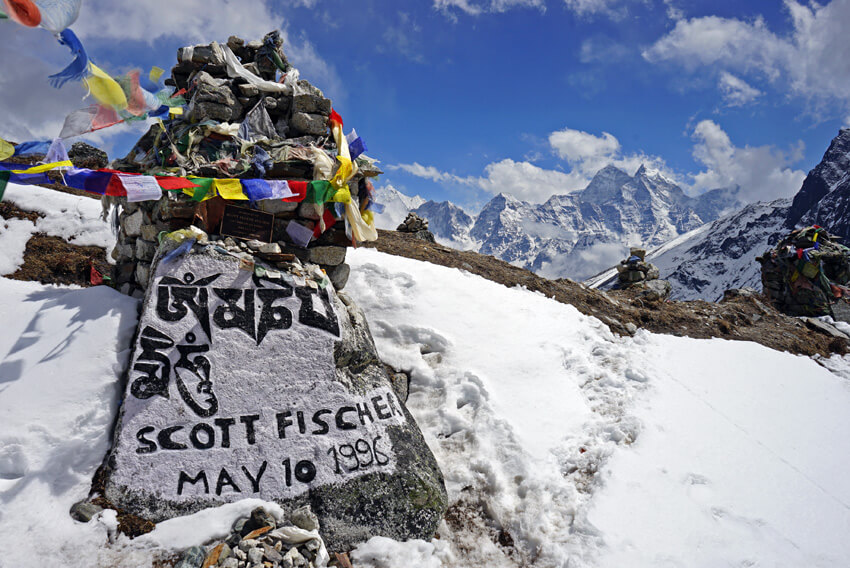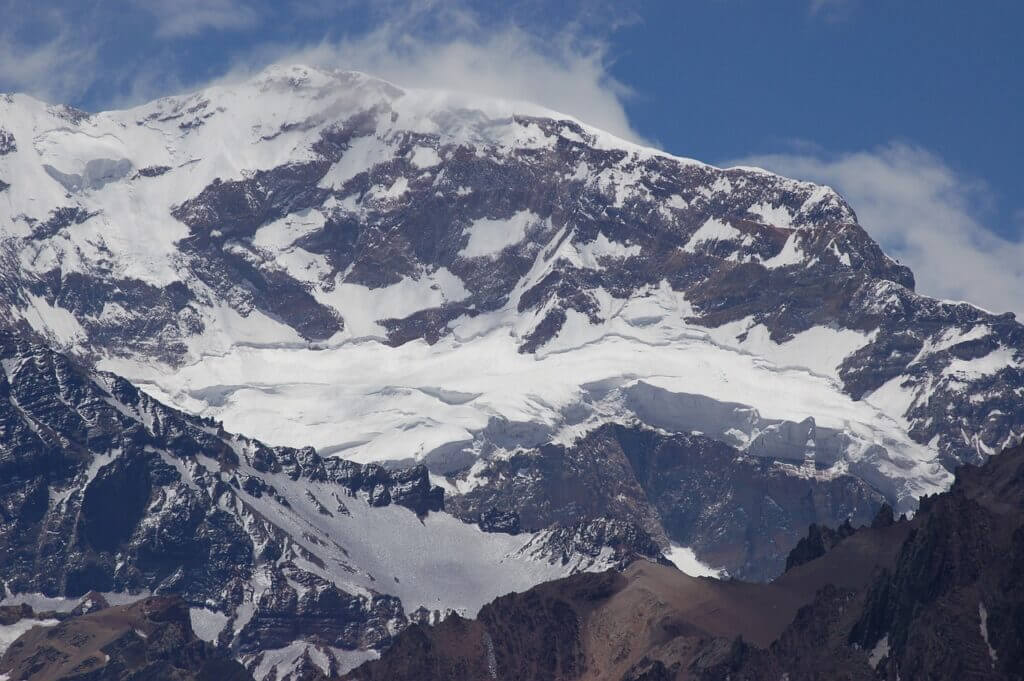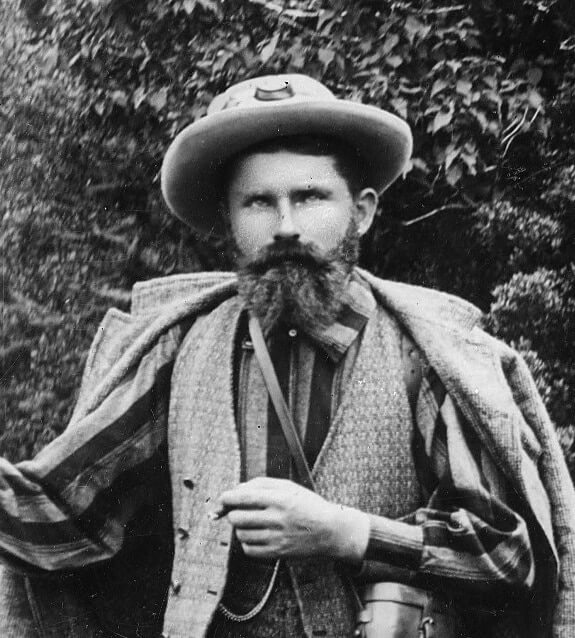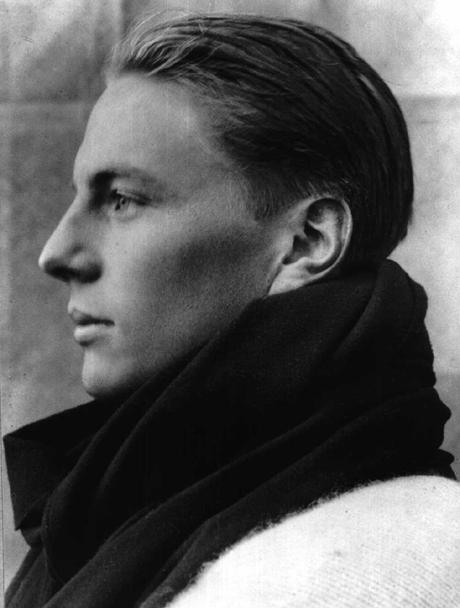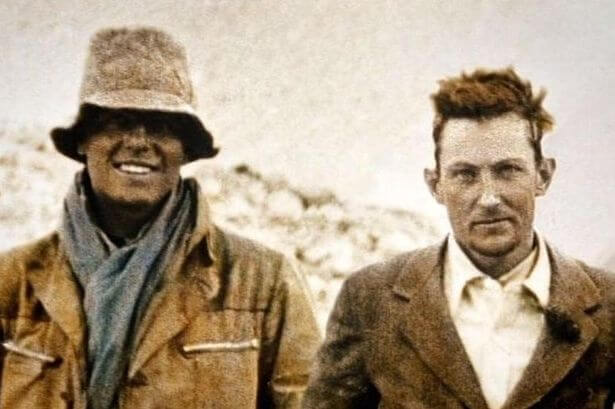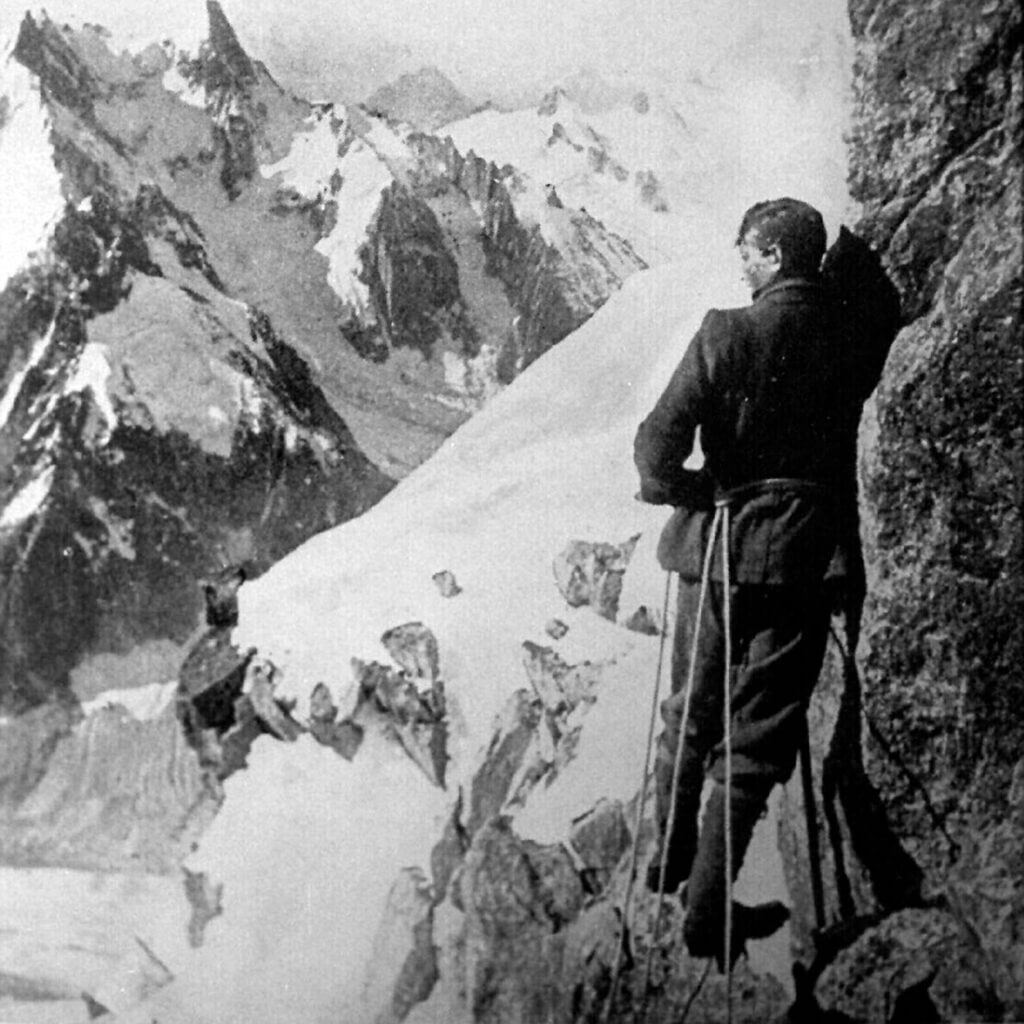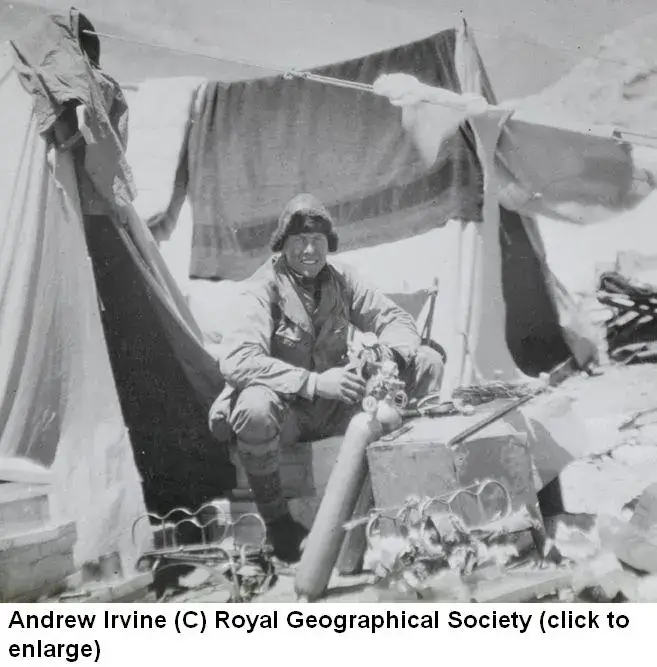Sheep, alpacas, camels, and goats are the major sources of wool. This is a natural hair-like fibre shorn from their skin. Humans have used it for centuries, recognizing its durability, versatility, and eco-friendly properties. Wool’s reusable and recyclable nature allows it to serve various applications, such as clothing, upholstery, and insulation.
Its natural resistance to fire and temperature extremes also makes it suitable for industrial purposes, such as thermal and acoustic insulation, and cleaning up oil spills.
The textile industry is making progress towards sustainability and this includes wool fibre processing and production. Wool is already an environmentally friendly textile, but by implementing techniques to recycle wool fabrics and garments, it can further reduce its environmental footprint by extending the lifespan of the fibres and reducing waste.

What is the difference between recycled wool and virgin wool?
Terms such as “recycled wool” and “virgin wool”, often used in the textile industry may create confusion, but the difference is simple to grasp.
The textile industry makes recycled wool from wool fibres previously used for fabrics or garments and repurposed into a new product. They label it “recycled wool” to differentiate it from “virgin wool.” Virgin wool, on the other hand, refers to wool that comes directly from sheep (or other animals). It hasn’t been previously used, and it is spun into yarn and then woven into fabric.
Wool that is virgin is labelled as such, but more commonly referred to as simply “wool.”
Why is recycled wool beneficial?
Using recycled wool has numerous advantages. Over time, it has become a great eco-friendly resource. Recycling wool eliminates carbon emissions generated during wool production. Woollen clothes have a longer lifespan. And they are washed less frequently at lower temperatures. The protein-based fibre is also recyclable and biodegradable.


Furthermore, using recycled wool to make a new garment reduces the amount of dye needed for the process. This, in turn, lessens the negative environmental impact caused by the energy-intensive and chemical-heavy dyeing process.
By using recycled wool, not only are we able to reduce the environmental impact of virgin wool production but also eliminate methane emissions produced by sheep and water pollution caused by dirt and animal sweat salts.
Also, we can generate new mixed fabrics by combining and blending recycled wool with other fibres. Although this practice can be useful, it limits the ability to recycle the wool in the fabric further, as the process of extracting and separating specific fibres from mixed fabrics remains difficult.
By using recycled wool, we also demonstrate how reducing the need for raw materials in manufacturing can lead to the sustainable use of such natural fibres. Some environmentalists consider recycled wool as the better option today, as it offers the benefit of being more environmentally friendly than virgin wool fabric.
How do we recycle wool?
We produce recycled wool fabric as an economical way of producing wool cloth in an environment where wool is hard to come by. Some believe that this may alter the fibre’s quality. However, some recycling routes can make recycled wool fabric just as high quality as virgin wool fabric. The wool industry has three main recycling routes: the open-loop system, the closed-loop system, and re-engineering.
- Open-loop system: This recycling process produces new textiles that are often of lower quality than the original garments. Manufacturers typically use them to make industrial items such as mattress padding or insulation (known as downcycling).
- Closed-loop system: This recycling route mechanically processes used wool textiles through multiple steps to return them to their original fibre state. This route then turns these fibres into yarn to create new products, such as knitwear. This system produces textiles that are of similar quality to the original garments.
- Re-engineering: This includes transforming wool textiles into new items for different uses. For example, converting a wool sweater into a bag.
It is best to verify the sustainable, recycled wool fabrics you source by checking for the relevant fabric certifications associated with the industry. There are two certifications that are important to consider when choosing recycled fabrics:
- RCS (Recycled Claim Standard) certification: The RCS certification verifies that the material of the fabric you choose originates from recycled sources.
- GRS (Global Recycled Standard) certification: Same as RCS, but also guarantees that the fabric was originally manufactured sustainably.

